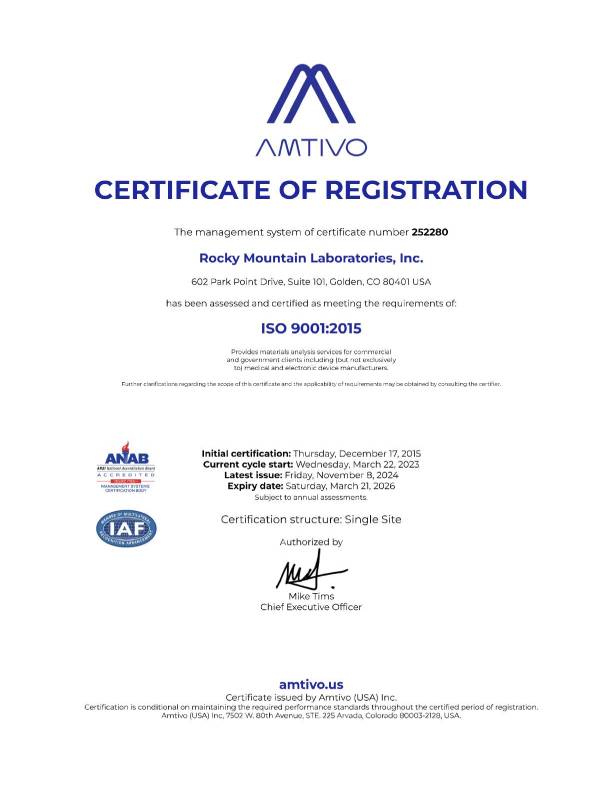KBr (potassium bromide) is commonly used in infrared spectroscopy as a sample preparation material for preparing pellets or discs. There is a difference between “Normal KBr” and “FTIR Grade KBr” based on their purity and suitability for use in FTIR (Fourier Transform Infrared) spectroscopy:
- Normal KBr:
- Purity: Normal KBr may have impurities that can interfere with infrared measurements.
- Applications: It is suitable for general laboratory purposes but may not be ideal for high-precision FTIR spectroscopy.
- Quality Control: Normal KBr may not undergo the same rigorous quality control measures as FTIR grade KBr.
- FTIR Grade KBr:
- Purity: FTIR grade KBr is characterized by higher purity levels, often with lower levels of impurities that could contribute to spectral interference.
- Applications: It is specifically manufactured and treated to meet the demanding requirements of FTIR spectroscopy, making it suitable for high-quality, high-resolution measurements.
- Quality Control: FTIR grade KBr undergoes strict quality control procedures to ensure its purity and consistency, making it reliable for precise spectroscopic analysis.
Considerations:
- For routine applications or general purposes where high precision is not critical, normal KBr may be sufficient.
- For high-precision spectroscopy applications, especially in quantitative analysis or research-grade work, FTIR grade KBr is preferred to minimize spectral interferences from impurities.
When choosing a KBr grade for FTIR spectroscopy, it is crucial to consider the specific requirements of the analysis and the level of accuracy needed. FTIR grade KBr is often recommended for studies where the highest quality and accuracy are essential, as it helps to ensure that the obtained spectra are primarily representative of the sample being analyzed rather than the KBr itself.



